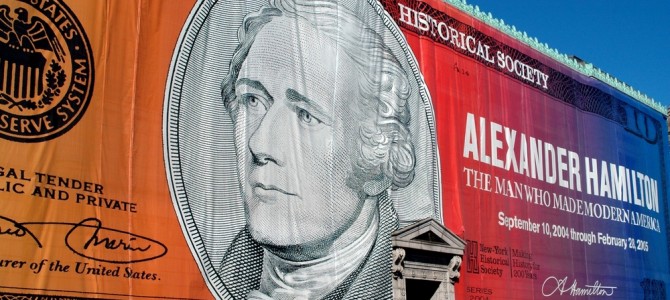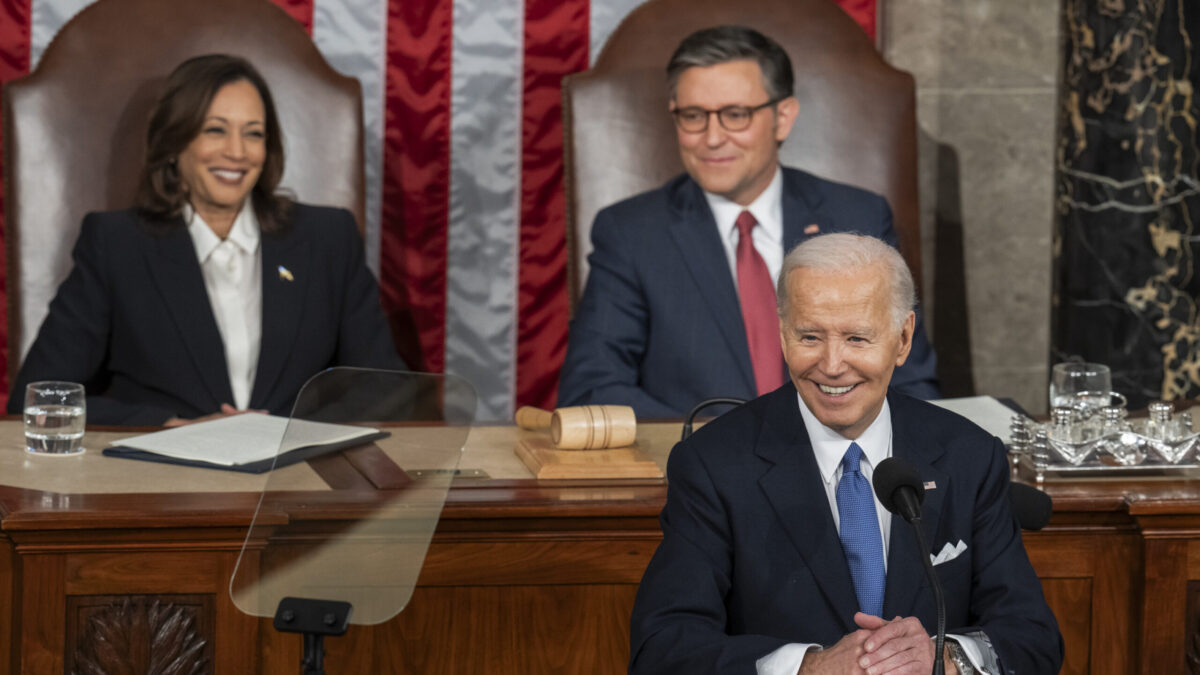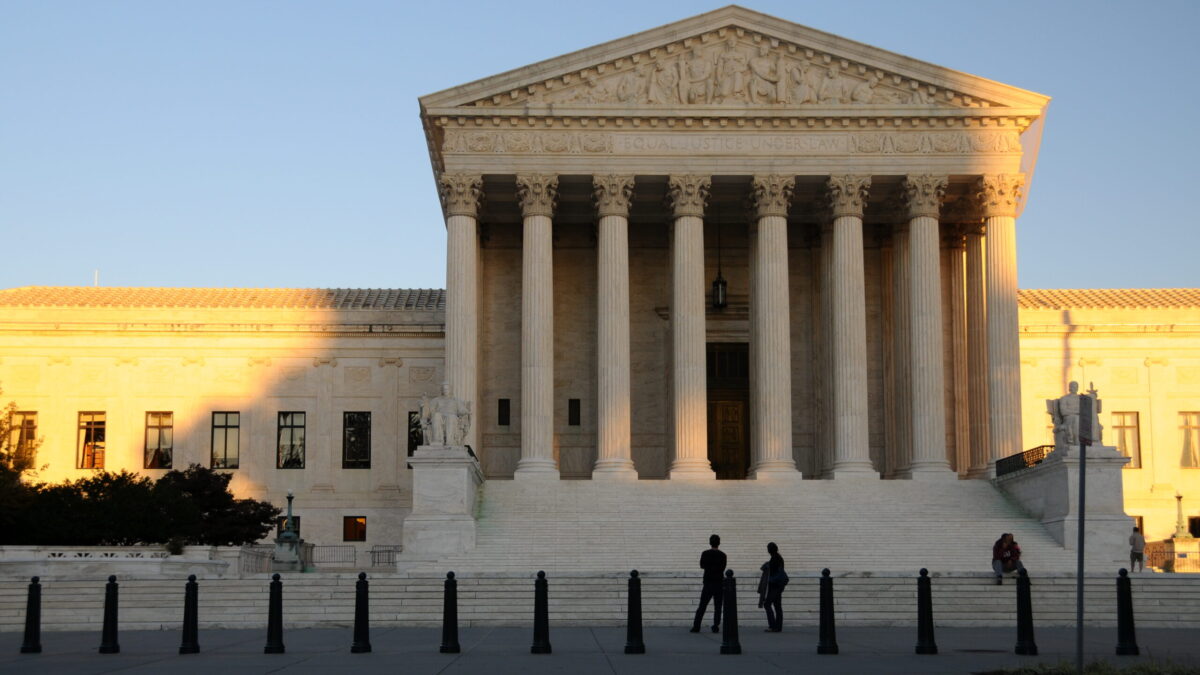
The recent decision by Treasury Secretary Jack Lew to displace Alexander Hamilton on the ten-dollar bill would be warmly welcomed by the Democratic Party’s founders. Since the moment Hamilton was killed in a duel with Vice President Aaron Burr in 1804, he was the target of a campaign designed to tarnish his image in the American mind. Despite being George Washington’s closest confidant (or perhaps because they resented that he was), Thomas Jefferson and his lieutenants sought to denigrate, if not erase, Hamilton’s contributions to the founding of the United States. Hamilton was, in a sense, the first victim of the politics of personal destruction.
Jefferson considered Hamilton, the lone immigrant among the core group of founding fathers, to be not quite “American.” In fact, Jefferson saw him as a covert British agent intent on foisting a crown upon the republic and corrupting its government councils to benefit the privileged few. Jefferson’s animus toward Hamilton knew no bounds, in part because the latter had bested him in several policy battles in President Washington’s cabinet.
We Disagree, So You Can’t Be Courageous
Jefferson dismissed reports of Hamilton’s courage as a solider in the Revolutionary War, perhaps out of jealousy, since Jefferson’s only encounter with the war involved a hasty flight from his plantation after receiving word that British forces were heading for Monticello. Hamilton was “timid,” Jefferson believed, and his reputation for courage was simply not “genuine.” Jefferson also believed Hamilton was “not only a monarchist” but an advocate “for a monarchy bottomed on corruption.” When Jefferson became president in 1801, he ordered his treasury secretary to comb through the records and find examples of Hamilton’s corruption. None was ever found. Nevertheless, Jefferson’s sinister interpretation of Hamilton became gospel within the ranks of the populist Democratic-Republican Party, which later became the Democratic Party.
As Burr fled west to escape possible prosecution for killing Hamilton, future president Andrew Jackson gave Hamilton’s killer a hero’s welcome and hosted him at his home. Like Jefferson, Jackson and his successor, Martin Van Buren, despised Hamilton for what they believed was his corrupt relationship with New York bankers and other assorted “plutocrats.” As a young lawyer, Van Buren fought for the freedom of Burr’s “second” in the duel with Hamilton, William Van Ness, who had been indicted as an accessory to murder.
Echoing the Jeffersonian party line, Van Buren claimed Hamilton sought to introduce “monarchical institutions” into the United States and had nothing but contempt for the people. Fellow Democrats James K. Polk and Franklin Pierce continued what had become a somewhat permanent feature of Democratic Party campaigns: running against Hamilton’s alleged ideological descendants in the Whig Party. By the time the Republican Party was founded in 1854, Hamilton was the bête noire of all right-thinking Democrats, and his name had been invoked by generations of the party’s leaders to rally the base against the latest Federalist or Whig seeking to oppress the common man. By 1860, Abraham Lincoln displaced Hamilton at the top of the Democrat’s enemies list, but the latter remained in a close second place.
Hamilton Briefly Eclipses Jefferson
For a brief period during the Gilded Age, Hamilton seemed to eclipse Jefferson in the American mind, or at least in the mind of Ivy League academics and prominent Republicans, due in great measure to the impact of the Civil War and the emergence of the United States as a world power. There was also a deeper appreciation for the fact that Jefferson’s and Jackson’s definition of the “common man” was somewhat constricted—if you happened to be a black person or a Native American, you were not part of the American experiment. But Jefferson’s and Jackson’s rhetorical appeals to the “common man” served as effective marketing ploys designed to win white votes. Democratic Party leaders correctly discerned the dangers to the South’s peculiar institution presented first by Hamilton and the Federalists, and later by the Northern Whigs, followed by Lincoln and the Republicans.
The Democratic Party’s hatred for Hamilton persisted well into the twentieth century. It reached its apogee during the 1920s, when Republican President Warren G. Harding led an effort to erect a monument to Hamilton on the grounds of the Treasury Department. Harding was guaranteed to offend Democrat sensibilities, both then and now, and his celebration of Hamilton did little to burnish the latter’s image.
At the 1928 Democratic National Convention, the keynote address was delivered by Claude Bowers, a party operative and journalist who in his spare time wrote popular histories, including one entitled “Jefferson and Hamilton: The Struggle for Democracy in America” (1925). In his book and his keynote address, Bowers summarized the hatred his party felt toward the east-coast elites, a fraternity apparently founded by the “dictatorial” Hamilton. According to Bowers, Hamilton believed the people were “a great beast,” continuing a Democratic Party tradition of circulating a “quote” Hamilton likely never uttered.
The Self-Anointed New Jefferson
Bowers’ book received a glowing endorsement in the only book review Franklin D. Roosevelt ever wrote, which appeared in the New York Evening World under the title, “Is There a Jefferson on the Horizon?” The answer was yes, of course, for this latter-day Jefferson was the reviewer himself. Roosevelt found Bowers book to be a “breathless” account of “escape after escape” as the Sage of Monticello battled the dark forces of oppression and privilege.
Roosevelt considered himself a Jefferson for the new century, battling forces similar to those that existed during the founding of the nation. Were it not for Jefferson’s heroic efforts, Hamilton’s “aristocracy of wealth and power” would have triumphed, FDR believed, all the while suggesting that he would challenge the new Hamiltonians in the reactionary, neo-fascist, Republican Party. The Republican Party attempted vainly throughout the 1920s to refute this demagoguery, partly through celebrations of Hamilton’s birthday designed to counter Democrats’ popular Jefferson-Jackson Day Dinners, where the party faithful would harangue Hamilton and his plutocratic heirs.
It was not until the late twentieth century that Hamilton broke free of the populist, Jeffersonian-inspired interpretation of the founding and was seen for who he truly was: an immigrant who rose from obscurity, emerged as Washington’s closest confidant in war and in peace, and became a co-founder of the New York society for abolishing slavery.
Nonetheless, the caricatured account of early American history still persists in some quarters. This caricature pits the supposed “champions of the people” (Jefferson, Madison, and their party) against the “forces of privilege and authoritarianism” (Hamilton and the Federalists). By displacing Hamilton on the ten-dollar bill, the Obama administration, perhaps unknowingly, has advanced the Democratic Party’s 200-year-old campaign against the man and his legacy.









